To build a relationship with your target audience, you need to be able to communicate directly with them. As we navigate the rapidly evolving digital world where social reach is unpredictable and attention is dwindling, the emergence of educational newsletters as a means of creating and sustaining relationships with your target audience represents a potentially highly viable option. Brands relying solely on social media to share their content have limited to no control over their greatest asset: their clientele. Growing reliance on owned channels to post educational content, as indicated by the data referenced within this article, is a trend that continues to grow because these channels are viewed as a more reliable form of communication that allows for a measurable engagement model. Specifically, educational newsletters are gaining momentum as a strategic content product and could become a powerful new tool for B2B companies, although it is not simply a marketing tool.
“Educational newsletters aren’t second-tier channels. They are the bridge between content, product and sales. Great ones think like publishers, not marketers.”
Ehsanur Rashid Bazmi, Email Marketing Specialist at Marigold
Massive Innovation Opportunities Exist in Education Technology
There are many opportunities for innovation, particularly in the under-funded education technology space which is looking for a clear vision for content strategy (HolonIQ, 2025).
- The global education market is valued at approximately $7.3-$7.6 trillion.
- Only about 4% of all funding in education goes toward education technology, resulting in a huge gap for innovation-focused, content-based solutions.
By 2025, institutional spending is projected to exceed $404 billion, and the industry is trending toward creating better educational content focused on various topics. When an educational newsletter is built effectively, it can be a great way to deliver knowledge and to showcase a company as an authority in its field. Educational newsletters position the author or publisher as an expert source of opinion, analysis, and insight.
Why Newsletters Outperform Every Other Medium: What Research Reveals
While there is much opportunity in the education space, successful educational newsletters require publishers to voluntarily share valuable information that builds trust, something that educational newsletters uniquely offer.
- Email is the most stable and least expensive digital medium.
- According to Constant Contact (2024), email produces a higher ROI than social media, paid search and display advertising.
- Litmus (2025) reported that the average ROI for newsletters is between $10 and $36 per dollar spent with some generating returns of as much as $50.
When someone subscribes to an educational newsletter, they are also voluntarily choosing to let that content into their inbox. This allows for a direct, trusted relationship to be created, essentially turning the subscriber’s inbox into a private area for learning and obtaining knowledge. Educational newsletters leverage the “user-chosen” aspect of email to a greater extent. When value-driven formats are used, they create longer and more meaningful engagements and contribute to a compounding effect, in which each subsequent issue of the newsletter builds upon the previous issues to create greater recognition and trust with the subscribers.
Sales to Education (Trust Must Come First)
A certain amount of trust typically precedes sales in B2B settings. Educational newsletters address this gap before any sales-related discussions begin. The subscriber comes to view the organization behind the brand as knowledgeable, contextually aware and dependable, the three pillars of professional credibility. Studies from OneIMS (2025) and Edelman-LinkedIn (2025) show that when organizations utilize educational and thought leadership strategies, their customers come to see them as intelligent equals. Rather than promoting sales, the primary purpose of educational newsletters is to serve the subscriber and allow them to engage with the brand at their own pace.
Synthesizing Content
Once the subscriber has established trust in the brand, the publisher’s next step is to synthesize content that engages the reader, encourages further interaction, and gradually leads them toward a sales conversation.
- Educational newsletters far surpass simple updates. They tell stories in a compelling manner, utilize data-driven narrative and multimedia formats (podcasts and videos) to create both emotional and cognitive connections with the learner, regardless of how the learner prefers to absorb information.
- Educational newsletters function similar to digital magazines, and not traditional corporate newsletters. They include analyses, interviews and practical case studies.
- The curated and contextualized aspects of such newsletters greatly simplify the complexity associated with the subject matter.
According to Sagefrog (2025), establishing trust is accomplished by connecting the facts to the implications and connecting the data to the outcomes, and then presenting the data in a simplified format.
Understanding Your Audience in Action
Rather than focusing on demographics as marketing historically has, effective educational newsletters utilize behavioral data to identify what the audience consistently performs, and what those behaviors indicate regarding the audience’s intent.
- The publisher evaluates the depth of the reader’s engagement, the reader’s preferences for topics and the length of time the reader spends on each topic (Retailgear, 2025).
- Segmenting an audience by the challenges the reader is trying to solve (e.g., process inefficiencies or resource constraints) is generally more accurate than segmenting by the reader’s job title alone (Column Five Media, 2025).
Utilizing predictive targeting and dynamic content personalization can significantly improve the open and click-through rates (GetResponse, 2024a, 2024b) of newsletters, creating the perception that the newsletter is a personalized collection rather than a broadcast.
Creating Communities
The wealth of content created by educational newsletters serves as a basis for building professional communities around the readers, and can sometimes transform the readers into contributors.
A variety of formats is available to foster professional communities including:
- Hosting expert Q&A sessions
- Facilitating conversations
- Hosting interactive challenges
These types of activities create loyalty and advocacy among the community and facilitate the community to interact with the newsletter.
Predictability and Recognition
Publishing educational newsletters consistently creates a sense of reliability and professionalism for the subscriber. Irregular publication schedules destroy the subscriber’s trust in the newsletter. Benchmarked research indicates that B2B emails tend to produce optimal performance on Tuesday, Wednesday and Thursday mornings (between 9 a.m. and 11 a.m.). The success of educational newsletters is directly tied to their predictability, providing the subscriber with the ability to recognize and remember the brand.
Measurement and Monetization
Success is evaluated using a continuous loop of feedback between editorial goals and business results.
- Most modern newsletter programs evaluate conversion efficiency, click-through rates, customer acquisition costs and correlate each to the long term financial benefit of the program (Content Marketing Institute, 2024; HubSpot, 2025).
- Gartner (2024) describes ROI as a measure of capital efficiency.
As educational newsletters continue to develop credibility and engagement, capital efficiency will increase and enable high-quality, targeted B2B newsletters to generate premium sponsorship and pricing opportunities (Letterhead, 2024; Paved, 2024).
Delivery and Long-Term Engagement
Providing the content to the reader is critical, therefore ensuring proper delivery and adherence to best practices is required. Proper delivery will determine the maximum possible reach of a newsletter.
- Authentication: Implementing SPF, DKIM and DMARC authentication will increase the sender’s credibility and subsequently increase the chances of the newsletter reaching the recipient’s inbox and decrease the chance of being filtered as spam.
- AI Tools: There are advanced AI tools available to monitor and assess engagement metrics and automate re-engagement campaigns to ensure that the list remains active and engaged and consequently increase delivery.
- Retention: Consistently producing relevant and timely content, rather than relying on the quantity of content, will also help to retain subscribers.
- Preference Centers: Preference centers allow the subscriber to choose the type of content and frequency they wish to receive and therefore enhance the quality of consent and relevancy.
Ownership of the Conversation
Educational newsletters now sit at the intersection of content, community, and commerce. They allow organizations to scale their expertise, maintain direct communication, and build measurable trust. In a web defined by shifting algorithms and platform dependency, educational newsletters represent a resilient strategy to own your message, own your medium, and own your inbox.
Contributors
- Ehsanur Rashid Bazmi, Email Marketing Specialist at Marigold
- Lambros Aravanis, Educational Email Courses Specialist
- Dimitrios S. Sfyris, Founder & Lead Developer, AspectSoft
Sources
- HolonIQ. Global Education Market Outlook 2025–2030. 2025. [Link]
- Litmus. The ROI of Email Marketing. 2025. [Link]
- Constant Contact. Email Marketing Benchmarks Report. 2024. [Link]
- Content Marketing Institute. 9 Takeaways and Insights From the 2026 B2B Content and Marketing Trends Report. 2025. [Link]
- Sagefrog. B2B Marketing Mix Report. 2025. [Link]
- OneIMS. The Role of Thought Leadership in B2B Marketing. 2025. [Link]
- Edelman and LinkedIn. B2B Thought Leadership Impact Report. 2025. [Link]
- Retailgear. How to Use Analytics to Track Your Newsletter Success. 2025. [Link]
- Column Five Media. How to Find Your Target Audience. 2025. [Link]
- GetResponse. Email Marketing Benchmarks. 2024a. [Link]
- GetResponse. Personalization in Email Marketing. 2024b. [Link]
- HubSpot. Email Marketing Statistics. 2025. [Link]
- Stack Overflow. Stack Overflow Developer Survey. 2025. [Link]
- Salesforce. The Best Time to Send Marketing Emails. 2025. [Link]
- AWeber. Best Time to Send Emails: What the Data Really Says. 2025. [Link]
- VIB.tech. 2025 B2B Email Marketing Benchmarks. 2025. [Link]
- Content Marketing Institute. Move Past ROI to Paint a Clearer Picture of Content Impact. 2024. [Link]
- Gartner. Marketing ROI Insights. 2024. [Link]
- Letterhead. The Ultimate Guide to Newsletter Advertising Rates. 2024. [Link]
- Paved. Set Newsletter Advertising Rates: A Quick Guide to CPM and the Alternatives. 2024. [Link]
- Paved. How to Set Your Newsletter Advertising Rates. 2024. [Link]
- Moosend. Email Fatigue. 2024. [Link]
- CharityEngine. Email Deliverability: How to Avoid the Spam Folder. 2025. [Link]
- Cookiebot. GDPR and Email Marketing. 2024. [Link]
- CookieYes. CCPA Email Marketing Guide. 2025. [Link]
Subscribe to our newsletter!
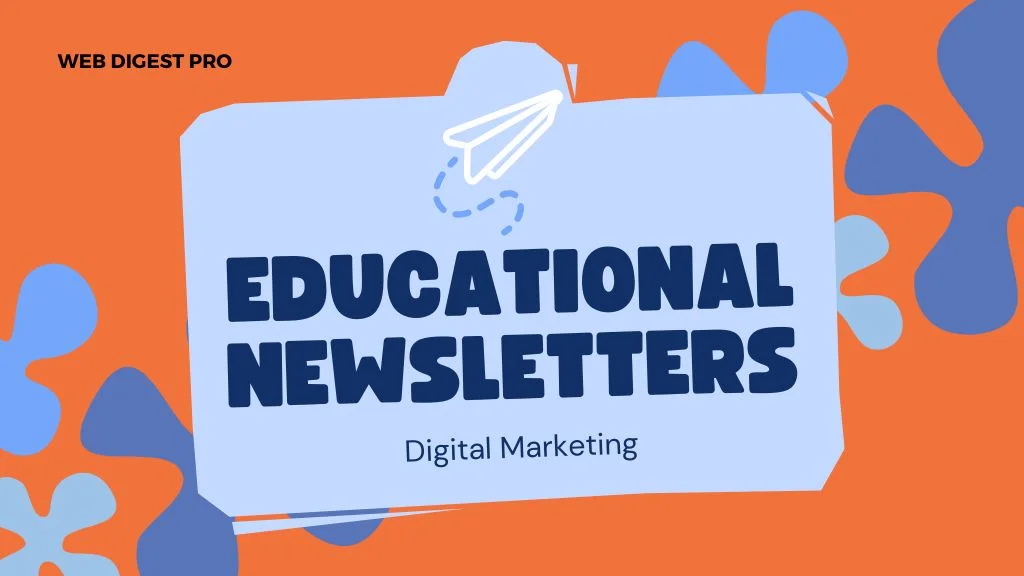
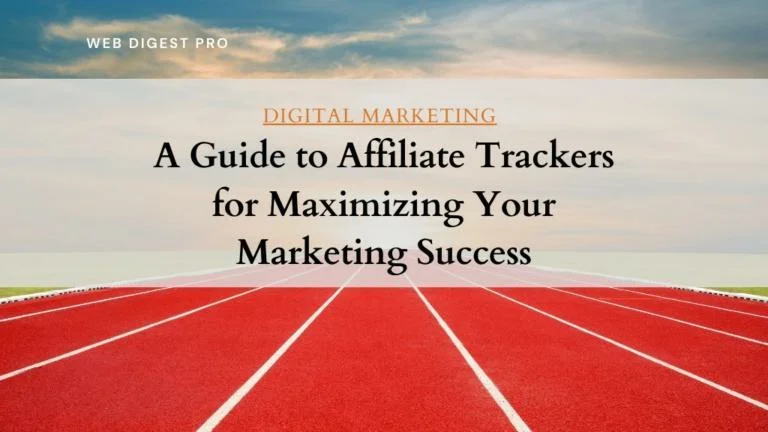
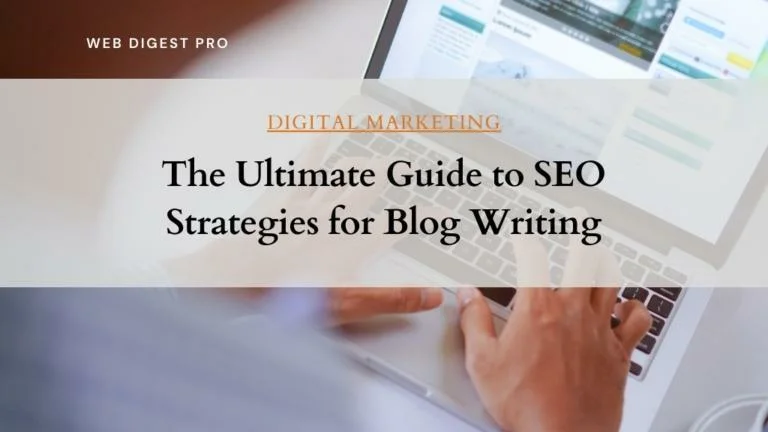
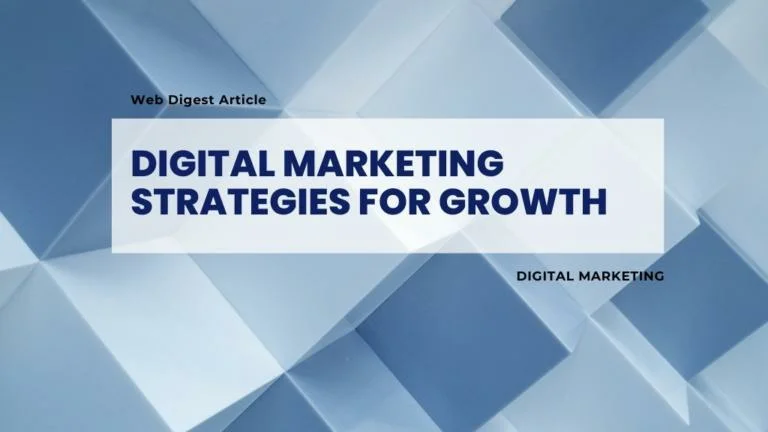
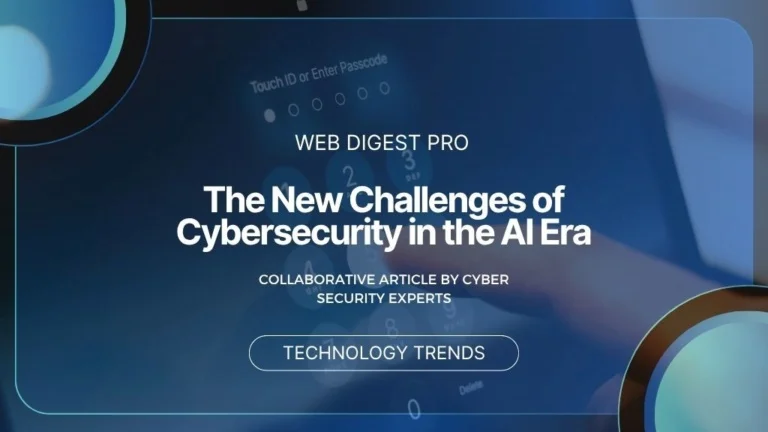

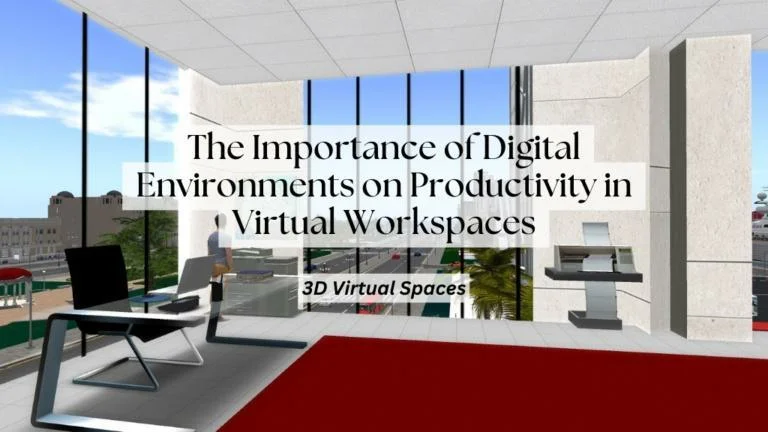

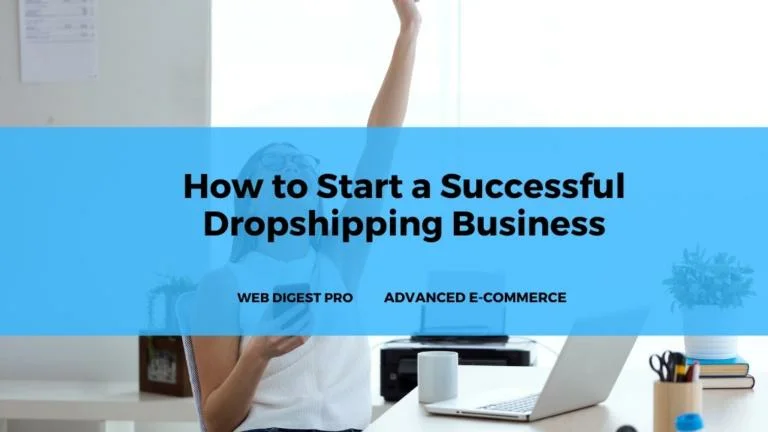
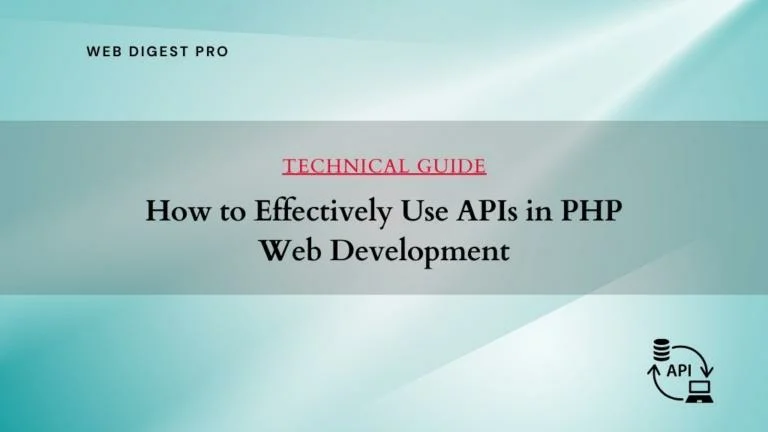
+ There are no comments
Add yours